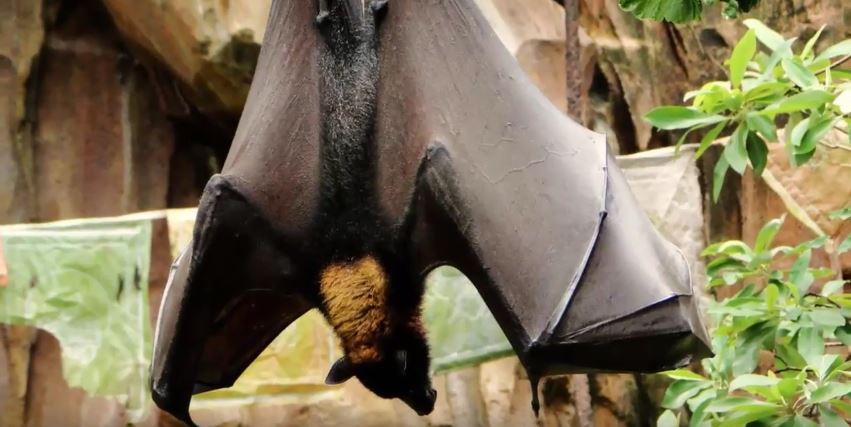Do More Bats Live in Urban Areas, or Wild Areas?

Bats live in different Roosts depending on the species, the season of the year and other survival factors that they require to live comfortable. There are over 1000 bats species, and they all have their preferred type of habitat to survive. Regardless of the type of species and the season of the year, all the habitats should have enough food and water for the bats to stay otherwise they will migrate to other favorable shelters that support their existence. They also need nice foraging habitats where they can hunt without on threat to their lives or existence.
Circumstances under Which Bats Live in Urban Areas
In seasons like summer, the female bats reproduce in large numbers making them to seek a safe place for the survival of their young ones. They cannot create maternity roosts in the caves or the trees because of the bad weather and predators available. As a result, they form maternity roosts in buildings and bridges where there is warmth and enough protection. In most urban areas, bats seek shelter in old churches and buildings where human existence seems to be minimal. Bats hibernate in winter to ensure that they keep enough food for survival because most of their foraging areas are normally destroyed by heavy rains and winds.
Perfect and Safe Moving from Foraging Areas to Roosts
In any place that bats seek residence, it needs to be near their foraging places where they can hunt anytime without any problem. The bats communicate regularly for safety purposes so that if one of their own gets a harm or threat, they migrate that place immediately. If the foraging place runs out of prey, they all migrate to other habitats. Even in the wilderness, they live in caves that are near water and enough insects to it. They use echolocation to find directions of where they have come from and where they are going.
They Don’t Like Noisy or Busy Places
Bats are a group of creatures that need solitude and quietness wherever they stay. They need enough calmness for them to stay which is why they don’t prefer seeking shelter in busy towns and streets. The caves, the roofs and the top of trees are their preferred shelter locations because these are quite and cool places where they can stay without their roosts being noticed.
To conclude, most bats live in the wilderness, but they also come to the houses to seek shelter if the environment is not good in the forests. Should the shelter of bats remain conducive throughout the year, bats would not seek any refuge in houses or homes, a large population of the bats in the world live in the wilderness which is why it is very rare to see a bat in your compounds. Their roosts are legally protected therefore even when you find one in your home, you should not destroy it. Call the relevant authorities for proper advice on what to do with the bat’s residence.
Read the How to get rid of bats page for helpful information and to learn more about Do More Bats Live in Urban Areas, or Wild Areas?

